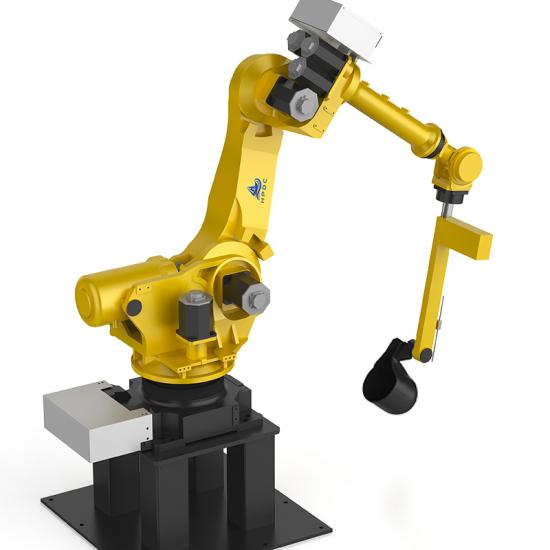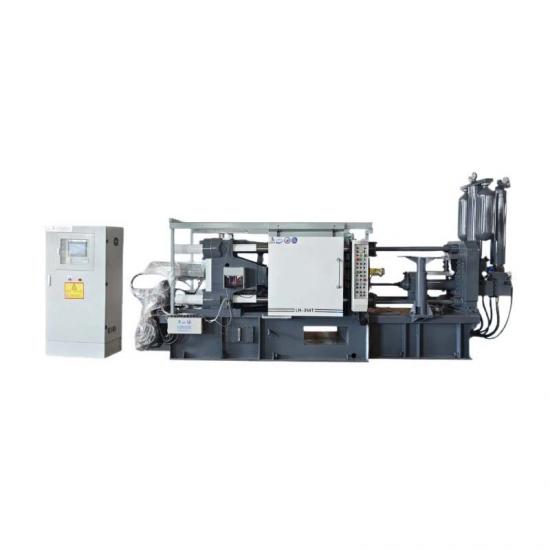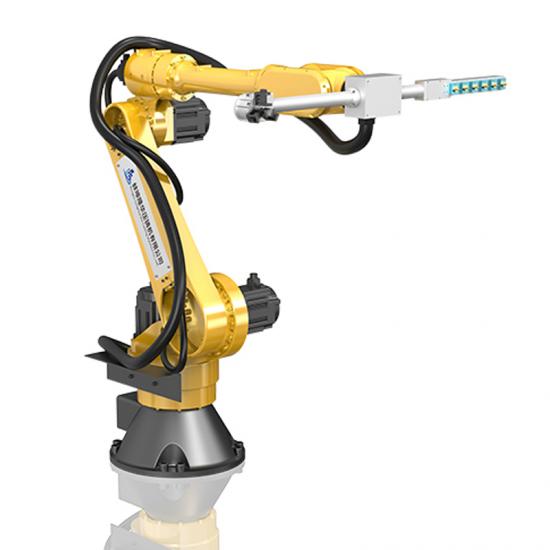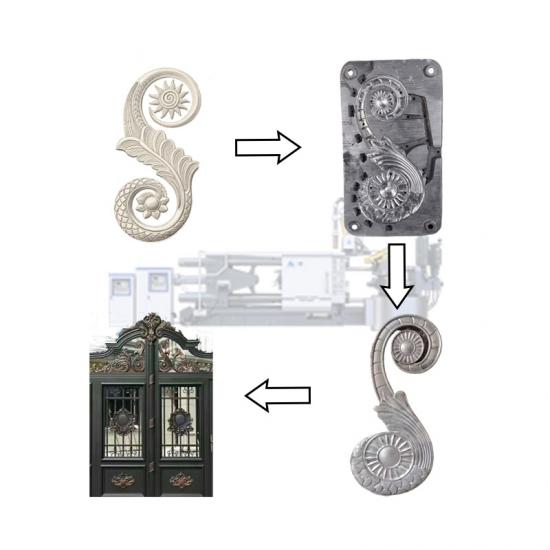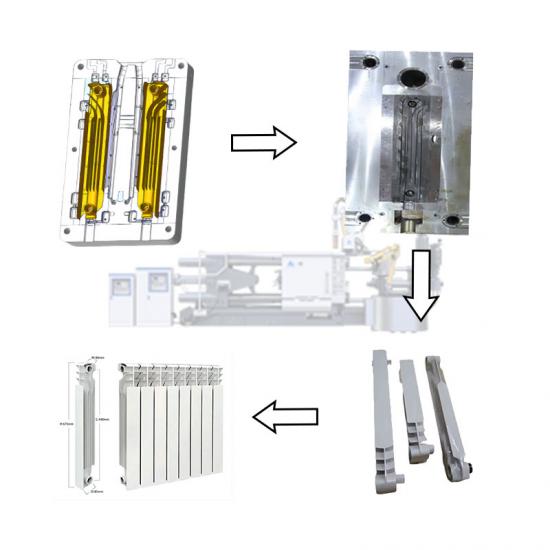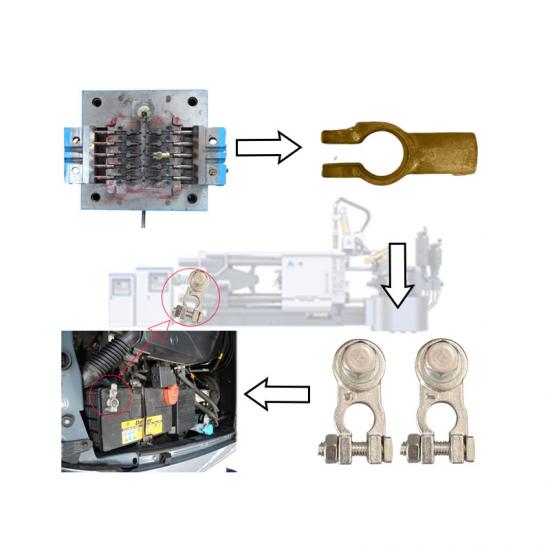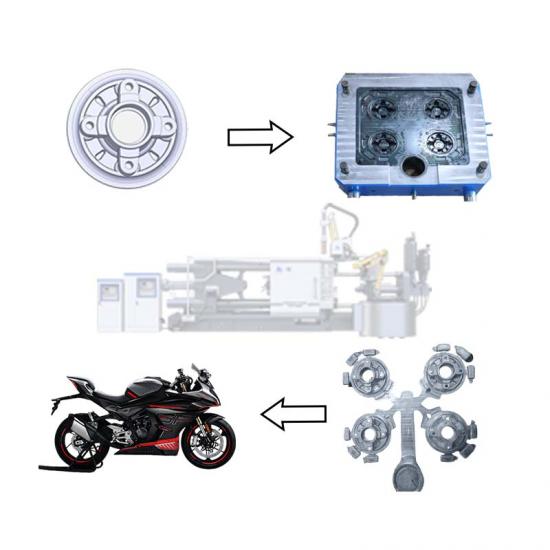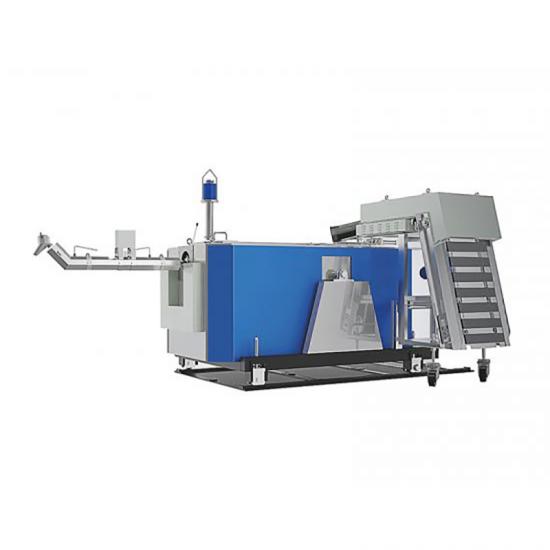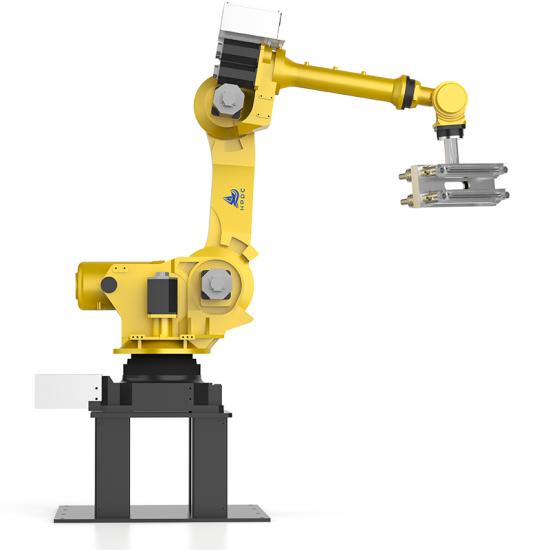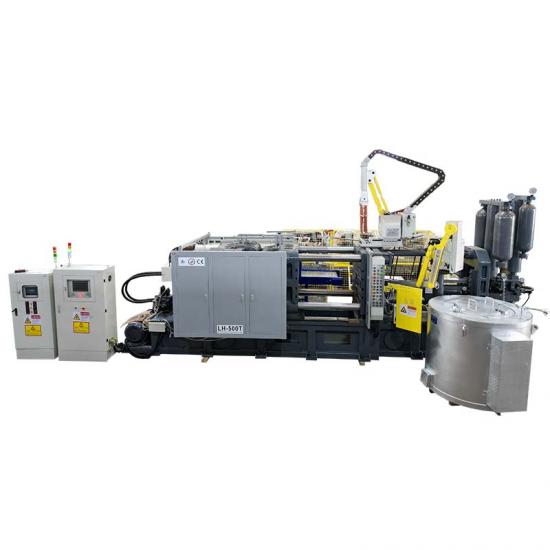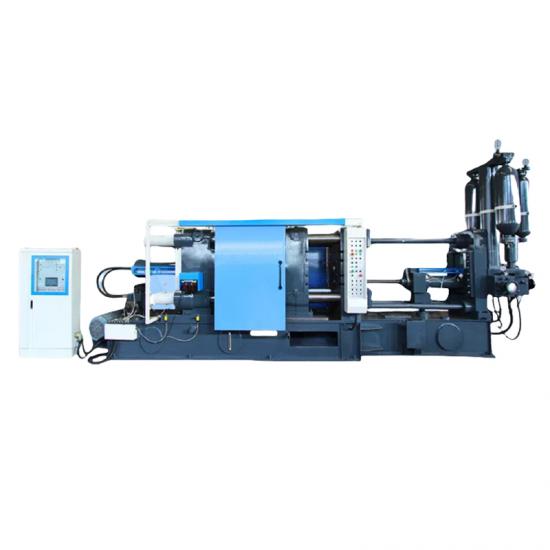The burr phenomenon of aluminum alloy is inevitable, and there are many methods to deal with the burr. In the production process of die casting, due to factors such as pressure shock and insufficient clamping force, burrs are inevitable. In recent years, with the increasing quality requirements of die castings, the requirements on burrs have become more stringent, and the methods of deburring have also emerged endlessly. The deburring process is the most troublesome. Today Bengbu Longhua Die Casting Machinery Co., Ltd. recommends the following pros and cons of various types of die casting deburring methods, so that you can better understand the various deburring methods and according to your needs Select the appropriate deburring method.
1. Artificial deburring
This is the most traditional and commonly used method in the die-casting factory. It uses files (files include manual files and pneumatic files), sandpaper, belt machines, grinding heads, etc.
Disadvantages: labor costs are expensive, efficiency is not very high, and complex cross holes are difficult to remove.
Applicable object: The technical requirements of workers are not very high, applicable to aluminum alloy die castings with small burrs and simple product structure.
2.Die deburring
Deburring is performed by using a production die and a punch.
Disadvantages: Requires a certain die (rough die + fine die) production cost, and may also need to make a shaping die.
Applicable object: It is suitable for aluminum alloy die-casting parts with relatively simple parting surface, which has better efficiency and deburring effect than artificial.
3.Grinding and deburring
This type of deburring includes vibration, sand blasting, rollers and other methods, which are currently used in die casting plants.
Disadvantages: There is a problem that the removal is not very clean. It may require subsequent manual treatment of residual burrs or deburring with other methods.
Applicable object: Suitable for small aluminum alloy die-castings with larger batches.
4, frozen deburring
The burr is quickly brittled by cooling, and then the projectile is ejected to remove the burr. The price of the equipment is about two to three hundred thousand;
Applicable object: Suitable for aluminum alloy die-casting with smaller burr wall thickness and smaller volume.
5, hot deburring
Also called thermal deburring, explosion deburring. By passing some easy gas into an equipment furnace, and then using some media and conditions to make the gas explode instantly, use the energy generated by the explosion to dissolve and remove burrs.
Disadvantages: expensive equipment (prices of millions), high operating technology requirements, low efficiency, side effects (rust, deformation);
Applicable object: mainly used in some high-precision parts and components, such as automotive and aerospace and other precision parts.
6.Deburring of engraving machine
The equipment price is not very expensive (tens of thousands).
Applicable object: It is suitable for simple space structure and simple and regular deburring positions.
7. Chemical deburring
Using the principle of electrochemical reaction, the deburring operation is automatically and selectively performed on parts made of metal materials.
Applicable objects: Suitable for internal burrs that are difficult to remove, suitable for small burrs (thickness less than 7 wires) of pumps, valves and other products.
8.Electrolytic deburring
An electrolytic machining method for removing burrs of aluminum alloy die casting by electrolytic action. Electrolytic deburring is suitable for removing burrs at the intersections of hidden parts or complex shapes in aluminum alloy die castings. The production efficiency is high, and the deburring time generally takes only a few seconds to tens of seconds.
Disadvantages: The electrolyte is corrosive, and the parts near the burrs are also subject to electrolysis. The surface will lose its original gloss and even affect dimensional accuracy. After deburring, the aluminum alloy die-casting parts should be cleaned and rust-proofed.
Applicable objects: Suitable for deburring of gears, connecting rods, valve bodies and crankshaft oil circuit orifices, as well as rounding of sharp corners.
9, high-pressure water jet deburring
Water is used as a medium to remove the burrs and flashes generated after processing by using its instant impact force, and the purpose of cleaning can be achieved at the same time.
Disadvantages: expensive equipment
Applicable object: It is mainly used in the heart parts of automobiles and hydraulic control systems of engineering machinery.
10.Ultrasonic deburring
Ultrasound produces instant high pressure to remove burrs.
Applicable object: It is mainly aimed at some microscopic burrs. Generally, if burrs need to be observed with a microscope, you can try to remove them with ultrasound.
11.Grit flow deburring
The conventional vibratory grinding is difficult to cope with the burrs of the holes. The typical abrasive flow processing process (two-way flow) pushes the abrasive through the two vertically opposed abrasive cylinders to flow back and forth in the channel formed by the workpiece and the fixture. Abrasive effect is produced by the abrasive entering and flowing through any area that is restricted. Extrusion pressure is controlled at 7-200bar (100-3000 psi), suitable for different strokes and different number of cycles.
Applicable object: It can handle microporous burrs of 0.35mm, without secondary burrs, and fluid characteristics can handle complex location burrs.
12, magnetic deburring
The magnetic grinding process is that under the action of a strong magnetic field, the magnetic abrasives filled in the magnetic field are aligned along the direction of the magnetic lines of force, adsorbed on the magnetic poles to form an "abrasive brush", and generate a certain pressure on the surface of the workpiece. The magnetic poles drive the "abrasives" "Brush" rotates while maintaining a certain gap to move along the surface of the workpiece, thereby realizing the finishing of the surface of the workpiece.
Features: low cost, wide processing range, convenient operation
Process elements: grinding stone, magnetic field strength, workpiece speed, etc.
13.Robot grinding unit
The principle is similar to manual deburring, except that the power is turned into a robot. With the support of programming technology and force control technology, flexible grinding (change of pressure and speed) is achieved, and the advantages of robot deburring are prominent.
Do you remember the deburring methods of the above aluminum alloy die castings? I hope you can help. Bengbu Longhua Die Casting Machine reminds you: As long as your thinking does not slip, the method is always more difficult than it is.












